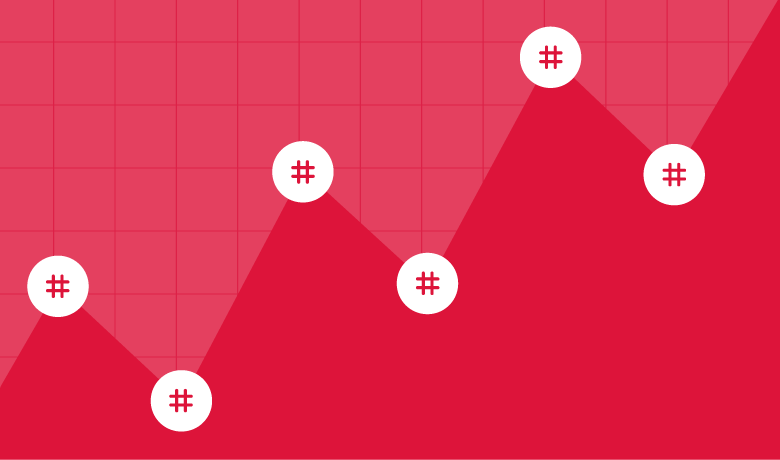Ultimately, successful marketing tells the world that you are the best at what you do. You use marketing to show potential customers why you are the best choice for them. Successful branding, on the other hand, works the different way. If you create a successful brand, your customers will tell you (and anybody else who will listen) why you are perfect for solving their problems. Here in this post, we will go through some incredible Instagram hashtag track tips.
Positive brand mentions, therefore, can provide excellent proof you can use for your marketing campaigns. They also make your marketing task easier. Why invest so heavily in promoting yourself, when your customers happily market for you? Conversely, some brand mentions can be highly critical, indeed brutal, about a business. If left unchallenged or unresolved, they may even kill a company. You can’t create successful marketing for a business unless you first deal with its problem of negative brand mentions.
Why You Should Track Instagram Hashtag
In this ideal world, every time that your brand is mentioned online would be positive. Your glowing fans would be spreading the gospel about the benefits of your product. Alas, it isn’t quite as simple as that. A proportion of your brand mentions may be from dissatisfied customers, and as the old saying goes, “the squeaky wheel gets the most grease” (i.e. “only the loudest whiner gets what he wants.”
It is far better if you know of any concerns about your brand. You can resolve the problems you know about. However, you can’t fix issues you don’t know to exist, and your inaction can itself be looked upon negatively.
You also want to know about great brand mentions. You can leverage these to help your marketing efforts.
By keeping track of your brand mentions, you can gain a better understanding of what your customers feel about your product. It is likely to be useful feedback, even when it’s negative. It can even help highlight where you should prioritize your product development to meet your customer’s needs better.
What is Brand Perception?
There can be a vast gulf between how a brand sees itself and how others view it. One problem is that brand owners often look at their brand in terms of aspiration, rather than reality.
Brand perception focuses on how outsiders see the brand. A business can’t control its brand perception. All they can do is to improve customer service and product quality sufficiently to lead to a change in brand perception.
In many ways, however, brand perception is as important a part of marketing a brand as controllable aspects like logos, colors, and imagery. These mean nothing if people view a brand negatively. People don’t buy your product because they like your logo. Consumers may buy your product once because of stylistic packaging and aesthetics. But they won’t return unless the product meets their expectations and they believe your customer service is up to the mark.
Better Understanding Your Customers’ Point of View
Too many forms develop their products and services isolated from their customer base. They are often production-driven – designing and making a product, and then trying to sell that product to a wary public. Marketing-driven companies usually work in reverse. They try and develop a product that better meets the needs of a particular niche of society. Product-driven companies start with the product and then try and find suitable customers. Market-driven firms begin with a preferred type of customer and then try and find a suitable product that they believe will be of value to that group.
No matter which philosophy your firm follows, you can use brand mentions to help you move forward. They can help you better understand how consumers interact with your product or service.
Brand mentions represent actual consumer interaction with your product. It’s one of the Instagram hashtag track tools. No amount of testing, surveying, or modeling can replace the benefits of seeing and understanding actual consumer usage. By tracking brand mentions, you can see how people interact with your product and use that knowledge to affect both future product updates and upcoming marketing campaigns.
You might even find unintentional side effects of your product (both positive and negative). More than one product has become best known for its unintended usage. Some examples include:
- Texting – texting was initially developed by cell phone companies so they could let their customers know about any network problems. The customers, however, decided otherwise and started sending each other messages.
- Kleenex – the company intended their product to be disposable towels for removing makeup. However, they received many brand mentions (in the days well before the internet) that their product was excellent for blowing noses.
- WD40 was designed to displace and repeal standing water to prevent corrosion in nuclear missiles. However, consumers found a whole lot of other uses for it, changing it from a niche item to a mass market product


